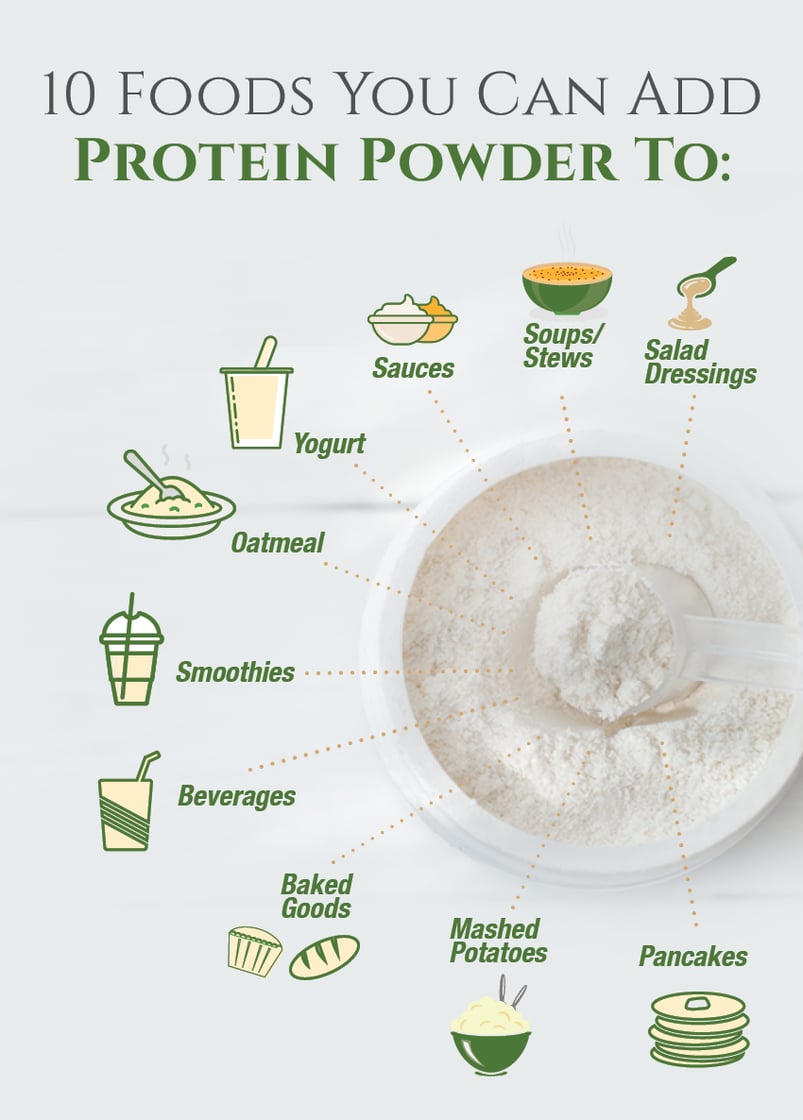It’s hard to believe with how much we hear about protein that individuals still fall short on their needs. Dr. Sears recommends individuals consume at least 25 grams of protein at each meal. Did you know that adults 51 and older are more likely to fall short on their protein intake and have poorer diet quality? (1) In fact, those ages 51-60 are more likely to have poorer diets than their peers 60 and older. This poor diet quality is associated with decreased intake of micronutrients that play a key role in immunity and possible limitations in physical performance and decreased muscle mass due to poor protein intake.
There are various reasons people fall short on their needs. Supplementing with protein powder can be an easy way to improve diet quality and get you closer to the guidelines of the Zone. Protein powder can make some foods that aren’t necessarily favorable in the Zone better choices by minimizing the impact of those foods on spiking blood sugar. This can also be helpful for kids or older adults who have a hard time meeting their needs or an easy way to sneak protein into food choices that aren’t the most ideal.
10 Foods You Can Add Protein Powder To:
1) Salad Dressings
2) Soups/Stews
3) Sauces
4) Yogurt
5) Oatmeal
6) Smoothies
7) Beverages
8) Baked Goods*
9) Mashed Potatoes*
10) Pancakes*
*Although these starchy foods are not considered favorable in the Zone for those with poor diet quality or picky eaters, adding protein powder to these foods is a great way to sneak in some extra nutrition while adding more balance their to meals.
Why Use Zone Protein Powder?
Zone Protein Powder is an all-natural source of protein that’s flavor-neutral and designed to be added to soups, smoothies, yogurt, dressings, stews, and oatmeal to bring up the protein levels in your meals and snacks to match the Zone Diet guidelines. It is gluten free and sugar free.
Fortified with 23 vitamins and minerals, our specialized protein blend of whey and milk protein dissolves quickly and is slowly absorbed by the body to keep you in the Zone without hunger when combined with a favorable balance of carbohydrates and monounsaturated fat.
References:
1. Krok-Schoen JL, Archdeacon Price A, Luo M, Kelly OJ, Taylor CA. Low Dietary Protein Intakes and Associated Dietary Patterns and Functional Limitations in an Aging Population: A NHANES analysis. J Nutr Health Aging. 2019;23(4):338-347.








Let Us Know What You Thought about this Post.
Put your Comment Below.